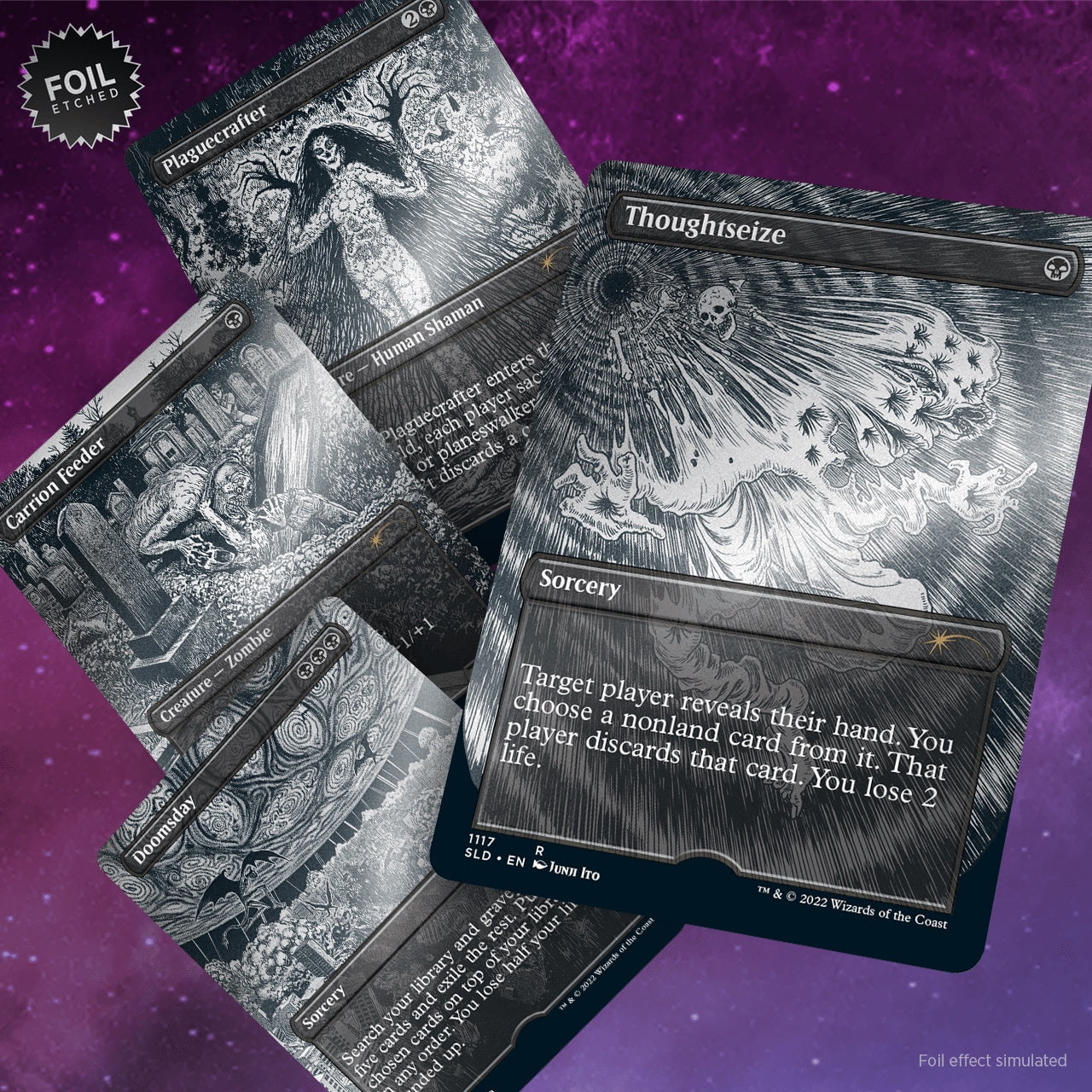Coming from Novice to Planeswalker: Crafting Your First of all Magic: The Gathering Deck
Magic: The Gathering is definitely a captivating video game that combines technique, creativity, and dream, offering players limitless possibilities to learn. If you're just beginning your journey into this expansive multiverse, one of the most rewarding experiences is building your very first porch. Information aims in order to take you from novice to planeswalker, equipping you using the knowledge and skills necessary to be able to craft a competing deck that fits your style and budget.
Whether you would like to engage in informal play with close friends or prepare with regard to an area tournament, understanding the fundamentals involving deck building is usually essential. From selecting the right colour combinations to evening out your mana in addition to spells, this post will provide you with the step-by-step approach. Many of us will cover important tips and strategies, including how to be able to avoid common faults, the essentials of card synergy, in addition to the best practices for testing in addition to improving your deck. Let’s start this thrilling adventure and expand your inner planeswalker!
Necessary Aspects of a Magic: The Gathering Porch
To build a successful Magic: The Gathering terrace, understanding its essential components is essential. Just about every deck primarily consists of three major types of greeting cards: lands, creatures, plus spells. Lands are usually vital for producing mana, which is the resource required to cast periods and summon creatures. Generally, a well ballanced deck should include around 40% countries to assure a regular mana supply.
Creatures serve as the central source of most products, providing the means to attack the opponent and defend against their risks. Depending on your current chosen strategy, a person will want to be able to select creatures of which complement your deck's overall theme plus strengths. For example, if you're creating a great aggressive deck, consist of creatures who have higher power and lower mana cost in order to get them on to the battlefield swiftly.
Means offer versatility and will greatly influence the course of a game. They come in several forms, including instants, sorceries, enchantments, plus artifacts, each serving different purposes. Some sort of good mix of removal spells, greeting card draw, and some other support options can help you handle the game and even respond to your opponent's actions effectively. Handling these components will be key to creating a deck that performs well plus meets your strategic goals.
Strategies for Developing Your First Deck
Building your first Magic: The Gathering deck can feel overwhelming, yet focusing on some key strategies could make the process enjoyable and rewarding. Begin by choosing anchor or archetype that you like, regardless of whether that’s an hostile creature-focused deck, a control deck of which dominates the late game, or even a combination deck that aims for specific get conditions. Having a clear strategy in mind, you can select credit cards that work collectively harmoniously, increasing your own deck's effectiveness.
Next, think about your mana bottom carefully. Understanding just how to balance your own land and cause cards is important intended for ensuring that you could play your major spells when you need them. The good rule involving thumb is usually to incorporate around 40% property cards in your outdoor patio. If you’re employing multiple colors, make sure you have sources of each color in order to avoid being color-screwed. This specific balance will assist you maintain regularity throughout your matches.
Lastly, don’t shy aside from playtesting your deck. Once you've built that which you believe is a sturdy deck, play towards friends or use online simulators to see how your floor performs in true situations. Take notice of what realy works in addition to what doesn't, and make adjustments accordingly. It’s a natural component of the procedure to tweak cards choices and rates as you increase experience and learn more about your playstyle and preferences.
Common Faults to prevent
One of the the majority of common mistakes fresh players make if building their initial Magic: The Gathering deck is overloading it with as well many cards. It's easy to get excited and include every card that appears interesting, but a new standard deck should only consist regarding 60 cards. Concentrate on balanced choice of spells, beings, and mana resources to ensure that your deck runs smoothly. Aim for thirty lands, that is a good starting point regarding most decks, and adjust depending on your current mana curve.
Another repeated pitfall is underestimating the importance of mana balance. Many beginners fail to appropriately assess the mana costs of their very own cards, which may lead to a deck that is both too reliant about specific colors or perhaps one which cannot perform cards at just about all. It is fundamental to create your porch with a conscious distribution of shades, particularly if you are usually using multiple colours. Be https://milsaver.com/members/collectiblecards51/activity/1224109/ to be able to add a variety regarding lands and dimana sources to compliment your own color needs through the game.
Lastly, participants often fail to emphasis on synergy among all of their cards. A successful deck is not just a selection of powerful cards; it thrives about the interaction among those cards. Whenever building your deck, look for skills that complement one another and create powerful combinations. Avoid including cards that don't work efficiently together, while this can water down your strategy. Keep in mind, the best decks are those not only perform nicely individually but also enhance the other to create a cohesive strategy.
